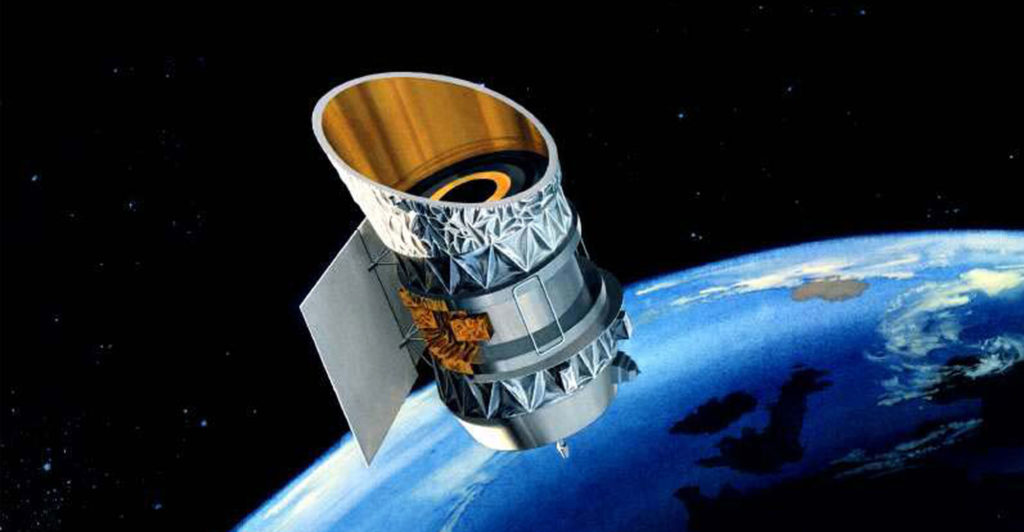 Two defunct satellites, racing across the sky at around 53 000km/h, narrowly missed smashing into each other on Thursday.
Two defunct satellites, racing across the sky at around 53 000km/h, narrowly missed smashing into each other on Thursday.
US Space Command, which is part of the US department of defence, said the objects “crossed paths without incident” at 1.39am South African time around 885km above Pittsburgh.
According to Nasa, the Infrared Astronomical Satellite (Iras), an inactive telescope, and GGSE-4, a decommissioned US military satellite, may have come within 47m of each other at their closest approach.
Satellite tracking company LeoLabs had predicted there was a one in a thousand chance of a collision.
Had the satellites collided, the biggest effect would have been an increase in the amount of small debris objects in orbit, slightly increasing the risk of damage to other satellites from subsequent collisions, Nasa said.
But the US space agency added the collision would have posed no danger to anyone on the ground.
Space junk has become a growing concern as the debris in Earth’s orbit has the potential to cause damage to other active communication and research satellites.
It is estimated there are 4 500 satellites in orbit, of which 3 000 are inactive.
“Events like this highlight the need for responsible, timely de-orbiting of satellites for space sustainability moving forward,” LeoLabs said in a tweet.
Last incident
The last time a huge collision occurred was in 2009 when an inactive Russian communications satellite known as Kosmos-2251 smashed into an active US commercial satellite called Iridium 33.
The event produced more than a thousand pieces of large debris in addition to thousands of smaller ones.
Last month, the European Space Agency (ESA) announced plans to remove debris from orbit as part of its ClearSpace-1 mission, which is planned for launch in 2025.
At present, there are more than 128 million pieces of debris smaller than 1cm in orbit around Earth, according to figures from the ESA’s Space Debris Office, along with 900 000 pieces of space junk between 1cm and 10cm, and 34 000 pieces larger than 10cm.




